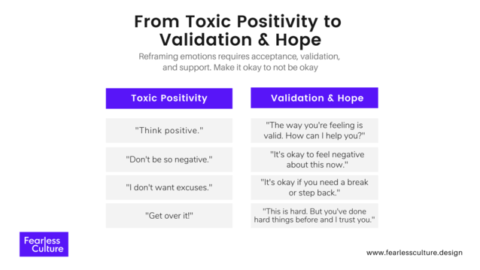
Photo by PublicDomainPictures on Pixabay
In the media, George Knights (18 years old) was often called a “Breaking Bad Copycat Killer.” He was recently convicted for the stabbing death of a father of five children, 38, during a cocaine deal.
He is a true fan of the TV show. From an episode, he was said to have had the idea to dissolve his victim’s body in sulphuric Acid (which he did). He also used the name of the main character on the show, Walter White, as a “memorable” word on his computer. He also reportedly made his own methamphetamines.
He veered off the television script he had been following for his murders. He allegedly told a friend that he planned to rob and harm someone by injecting insulin into them the night before. This is not a plan that appeared on Breaking Bad. He had also planned to kidnap a celebrity, but he was stopped before he could carry out his plans. George Knights are clearly more than just a Walter White wannabe.
What is a Copycat Crime?
Copycat crimes are criminal acts modeled on or inspired by an earlier crime reported in the media. Few copycat crimes can be compared to the original. Instead, the imitator copies elements such as motivation, technique, and setting. — of the original crime. Most copycat crimes are committed within two years of their original incident. However, a crime can occur many years later. Two teenage boys, at Columbine High School in Littleton, Colorado, on April 20, 1999, inspired at least 74 plots and attacks in 30 states. They shot 13 people dead and left 24 others injured.
But, it is easy to misidentify crimes as copycats. This can sometimes be due to coincidences. Sometimes, “copycat” crimes are committed by the same person. Sometimes, the media spotlight on one type of crime can make it appear that there are a lot of copycats. However, it is just an increase in coverage. Copycat crimes can be challenging to detect due to variations in timing, geography, and other circumstances. The only way to determine if a copycat committed a crime is to catch the criminal and learn the reasons. Even then, it is often difficult to trust the perpetrator to tell us the truth.
Are Criminals really able to copy each other?
To find the answer, Professor Ray Surette surveyed 574 inmates regarding their criminal behavior. The prisoners were evenly divided between black and white (approximately 40%), and 15% were Latino. 75 percent of the prisoners were male, and one-third were younger than 27 years old. Most inmates had long rap sheets (more than five arrests), and only 8% were in jail for their first offense. Professor Surette also asked each inmate about their exposure to real-world crimes via friends and family. He or she collected data on each inmate’s reaction to media related to crime.
Twenty-two percent admitted to having copied another crime. One in five of these crimes was violent. It was more common for men to impersonate another person’s crime than it was for women, and they did it most often early in their criminal careers. They were likelier to imitate the criminal behavior of someone they know, like a friend or relative.
The most likely criminals to steal a crime from the media are already predisposed to do so. Around 20% of inmates considered the media a valuable resource in learning how to commit a crime. One in six said they were attracted to stories about crime. These inmates were also significantly more likely than others to have been convicted of a copycat crime. At least among repeat offenders, crime-related media is more likely to inspire or teach someone who is already inclined to break the law and may seek a better way.
Influencing those already on the brink
What about those who have never been to jail? It is possible that the media hype surrounding a mass shooting or the popularity of a serial killer series like Dexter can make a law-abiding citizen a violent felon. We laugh at the idea. I have seen many horror films and endless loops of school shootings, but I also love Forensic files. But I have never even considered putting the knowledge I’ve learned into practice. Chances are you don’t.
Research shows that sensationalized crime coverage will not send happy, well-adjusted citizens over the edge. Two ways crime-related media can increase violence in people predisposed to it are: It can reduce a person’s natural human resistance to killing by giving him some psychological distance from the things he is about to do. It makes it easier for someone to temporarily assume the persona or role of another person. This allows him to act in ways he would not normally do and psychologically separate his identity from the position. This is most likely within the first two weeks following a high-profile crime.
The second is that crime media can be a powerful teaching tool. Violent media can be a powerful teaching tool if one is inclined toward violence. It can guide the motivated person to what to do, where to find it, and how to achieve success. This can reinforce the idea that a repeat of the crime or even a better version will get the same attention and publicity as the first. Individuals looking for the same concentration can find this a powerful motivator.
The bottom line
According to data, most copycat murderers were already violent or mentally unstable before they started killing. Crime-related media coverage acts more as a rudder rather than a trigger. It provides a person with direction and guidance along the path they have already started down.
The relationship between crime-related media, copycat crimes, and the media can have a silver lining. Aspiring criminals may turn to the media to get ideas and inspiration, but they also use it for their ambitions. One intelligent social media user saw online threats and comments about violence and alerted the police. This prevented more than one mass shooting.









